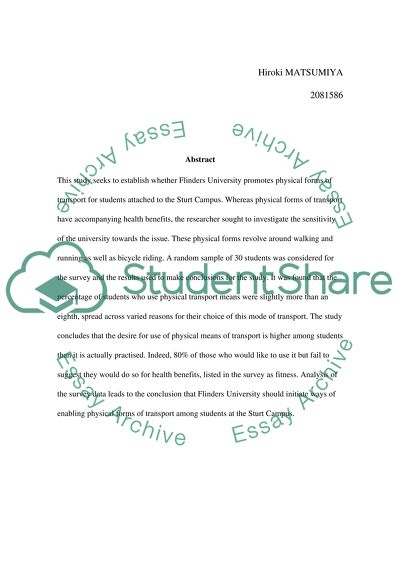Cite this document
(“Quantitative methods fo social health research Paper”, n.d.)
Retrieved from https://studentshare.org/health-sciences-medicine/1461975-quantitative-methods-fo-social-health-research
Retrieved from https://studentshare.org/health-sciences-medicine/1461975-quantitative-methods-fo-social-health-research
(Quantitative Methods Fo Social Health Research Paper)
https://studentshare.org/health-sciences-medicine/1461975-quantitative-methods-fo-social-health-research.
https://studentshare.org/health-sciences-medicine/1461975-quantitative-methods-fo-social-health-research.
“Quantitative Methods Fo Social Health Research Paper”, n.d. https://studentshare.org/health-sciences-medicine/1461975-quantitative-methods-fo-social-health-research.


